In the quiet world of bakery science, there exists a tiny but mighty workforce that never clocks out – our microscopic dough inflators, the yeast cells. These living single-celled organisms perform what bakers poetically call "respiratory gymnastics" as they transform dense flour paste into airy, risen dough. Their biological calisthenics represent one of humanity's oldest partnerships with microorganisms, dating back to ancient Egyptian times when someone first noticed that forgotten grain paste could magically puff up overnight.
The process begins when baker's yeast (Saccharomyces cerevisiae) encounters its favorite breakfast – sugars present in flour. Like Olympic athletes warming up, the yeast cells start with anaerobic respiration, the biological equivalent of stretching exercises. This phase produces carbon dioxide bubbles that get trapped in gluten networks, causing the initial lift. Professional bakers recognize this stage when they see the dough's first signs of life – tiny bubbles appearing like constellations across its surface.
Temperature plays choreographer in this microscopic ballet. At cooler refrigerator temperatures around 4°C (39°F), yeast performs slow-motion tai chi, producing subtle flavors over 12-72 hours in what bakers call "cold fermentation." At room temperature, around 21-27°C (70-80°F), the cells switch to energetic jazzercise, doubling their population every two hours. This is when observant bakers might hear faint whispers of CO2 escaping from the dough – the literal sound of microbial breathing.
The flour type serves as the nutritional gym for these microbial athletes. Whole grain flours provide a complete workout with minerals and nutrients that encourage vigorous yeast activity, while highly refined white flour offers a simpler carbohydrate routine. Some artisan bakers mix flours like personal trainers designing cross-training programs, balancing rapid gas production with sustained endurance for optimal dough development.
Hydration levels determine whether the yeast performs in a water aerobics class or a desert marathon. Wetter doughs (higher hydration) allow freer movement of both yeast cells and gas bubbles, often resulting in more open crumb structures. The famous Italian biga or French poolish prefer-ments typically use wetter consistencies precisely to encourage this fluid microbial gymnastics before the final dough mix.
When salt enters the mix, it acts like a strict coach regulating the yeast's enthusiasm. While necessary for flavor and gluten development, salt in high concentrations can dehydrate yeast cells through osmosis. Professional bakers carefully balance this by adding salt after the yeast has had some initial hydration time, much like allowing athletes to warm up before competition.
Commercial yeast strains have been selectively bred like Olympic champions for specific dough events. Instant dry yeast contains dormant cells that spring into action upon hydration, while fresh compressed yeast offers living cells ready for immediate performance. Some artisan bakers prefer wild yeast cultures (sourdough starters) where diverse microbial teams including Lactobacilli bacteria perform synchronized routines that create complex flavors alongside the rise.
The fermentation environment serves as the stadium for these microbial games. Professional proofing boxes maintain ideal humidity (about 75-80%) to prevent dough skin formation that could restrict the yeast's respiratory movements. Home bakers often create makeshift proofing chambers using turned-off ovens with bowls of hot water – the culinary equivalent of building a neighborhood gym for microbial athletes.
As dough undergoes folding or kneading, it's not just gluten development at work – these actions redistribute the yeast cells like resetting players on a sports field. Each fold gives the microorganisms fresh food supplies and removes built-up waste products, effectively allowing them to catch their breath before the next respiratory sprint.
The finale comes when heat transforms these biological gymnastics into permanent architecture. As oven temperatures climb past yeast's survival threshold (around 50°C/122°F), the cells make their last valiant effort, producing a final burst of gas (oven spring) before gracefully bowing out. Their legacy remains in the bread's airy structure – a delicious monument to microscopic athleticism.
Modern dough conditioners and additives act like performance-enhancing drugs for yeast, with vitamin C (ascorbic acid) being the most common legal substance that helps gluten better retain gas bubbles. Some artisan bakers reject these shortcuts, preferring to let their microbial athletes perform au naturel through longer fermentation times that develop both strength and flavor.
Scientists studying yeast respiration have discovered that these fungi can actually communicate through chemical signals when dough conditions become stressful, coordinating their metabolic rates like a team adjusting to altitude training. This quorum sensing ability explains why dough sometimes seems to have a mind of its own, slowing down or speeding up fermentation unpredictably.
The next time you admire a beautifully risen loaf, remember the invisible gymnastics team that made it possible. From the vigorous warm-up of initial mixing through the marathon of bulk fermentation to the final sprint of oven spring, yeast cells demonstrate that great bread requires both human skill and microbial athleticism – a true collaboration across species.

By /Jul 7, 2025

By /Jul 7, 2025
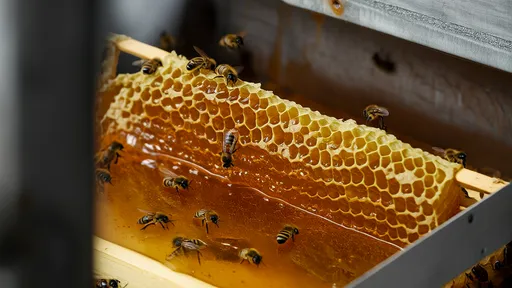
By /Jul 7, 2025

By /Jul 7, 2025

By /Jul 7, 2025
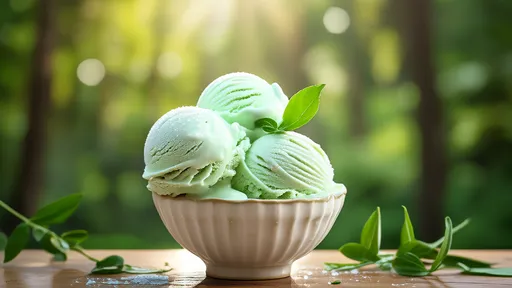
By /Jul 7, 2025
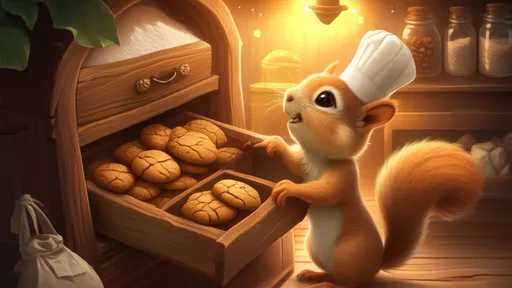
By /Jul 7, 2025
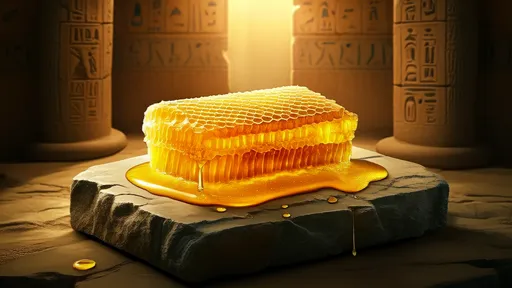
By /Jul 7, 2025
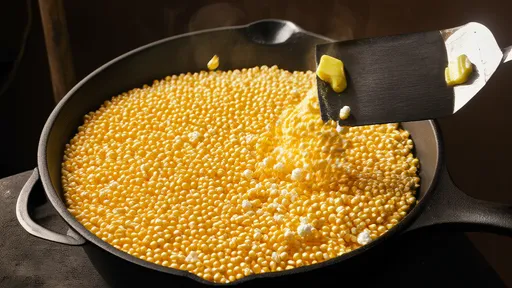
By /Jul 7, 2025

By /Jul 7, 2025

By /Jul 7, 2025
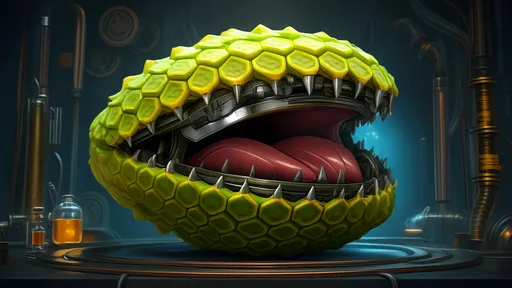
By /Jul 7, 2025

By /Jul 7, 2025
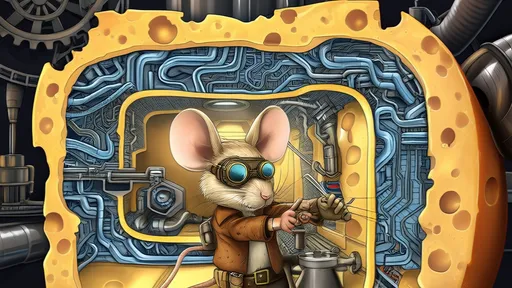
By /Jul 7, 2025

By /Jul 7, 2025
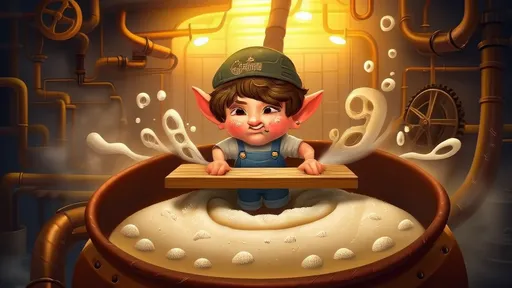
By /Jul 7, 2025

By /Jul 7, 2025

By /Jul 7, 2025